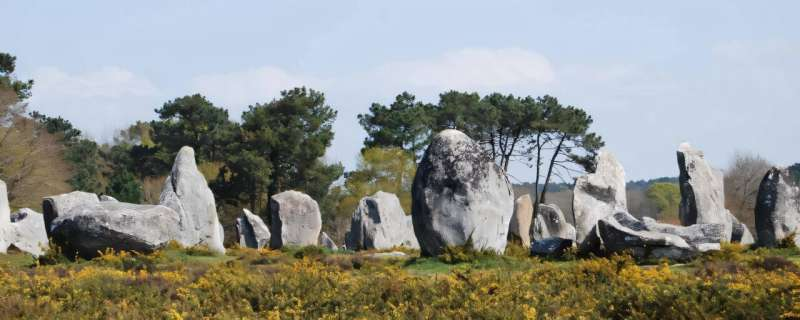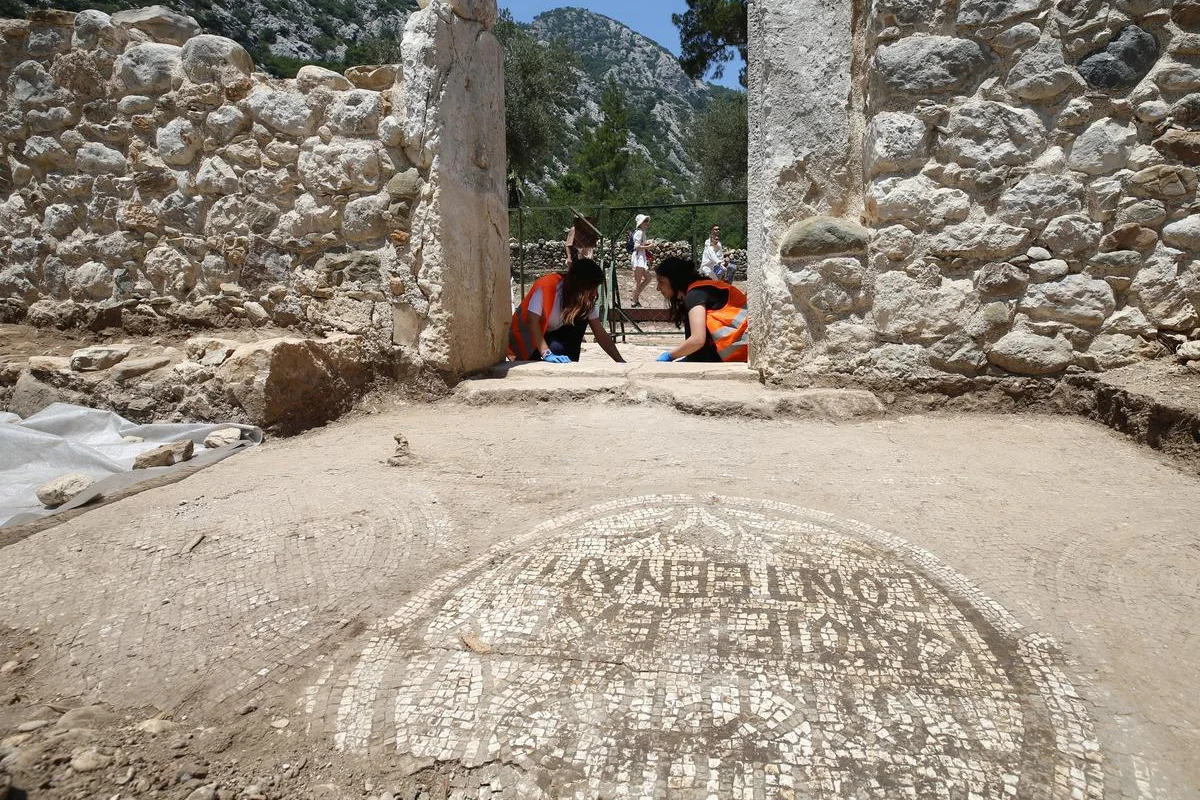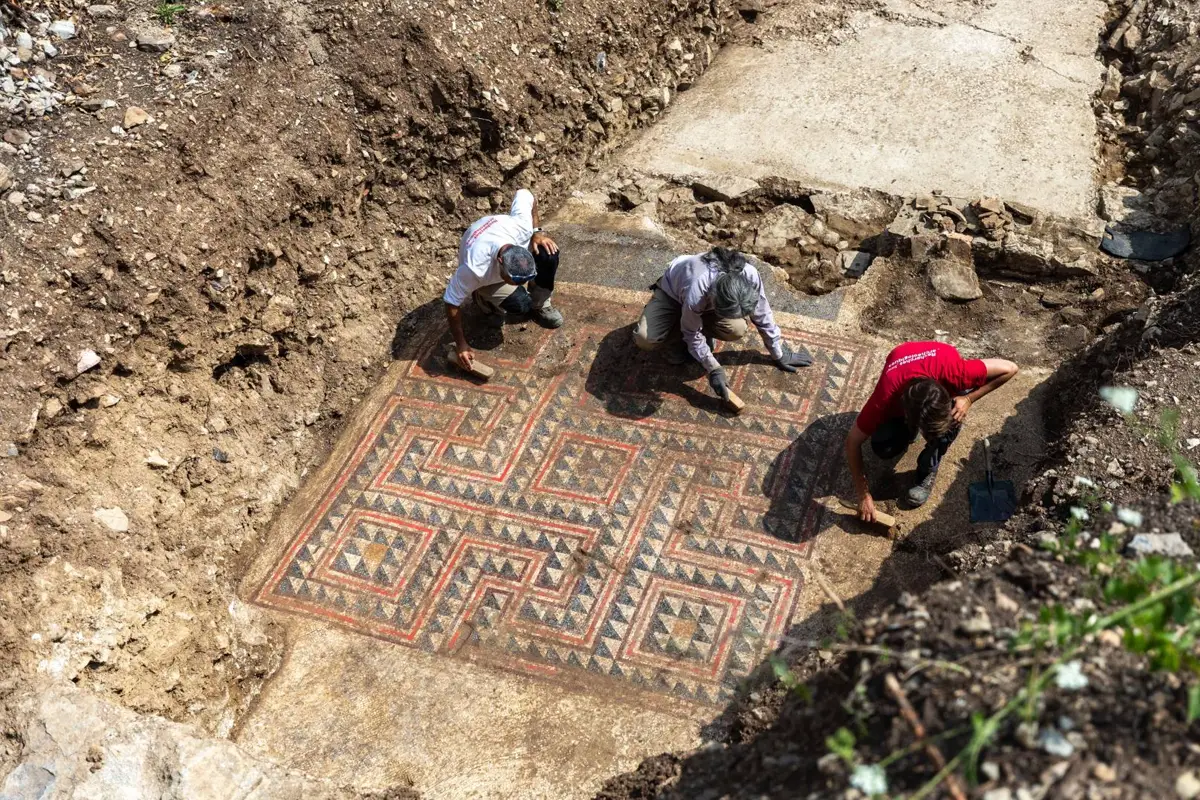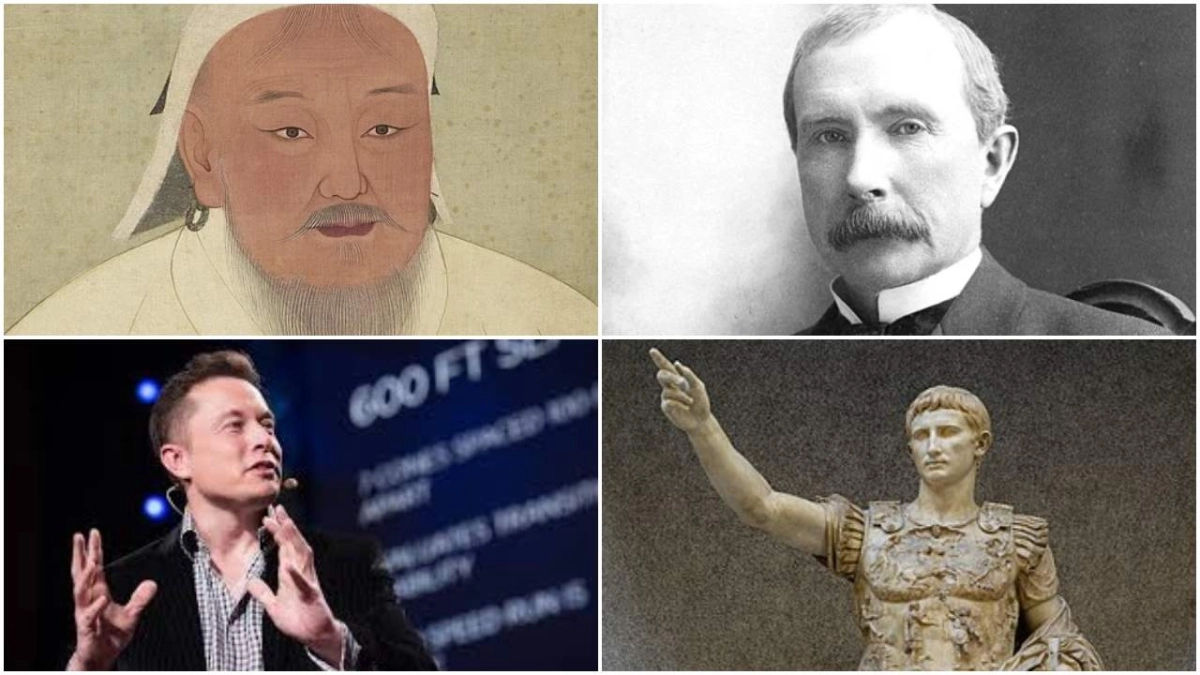In what is being heralded as a significant archaeological discovery, shrubbery that was supposed to liven up a dull area of this parking lot turned out to be concealing the tomb of an important ancient figure.
Shrubbery at a parking lot in Ikaruga, Nara Prefecture, hides a sixth century tomb. Photo taken in March 2022 (Provided by the Ikaruga municipal board of education)
Since the spring of 2022, archaeologists have started conducting excavations in the vicinity of the Horyuji temple World Heritage Site.
After excavating centuries' worth of earth from the stone burial chamber, they found several relics, including two iron swords, arrowheads, horse-related objects, amber jewelry, clay pots, and clay jars.
According to scholars from Nara University and the municipal board of education in Ikaruga, the chamber, which measures around 3.8 meters in length, 1.6 meters in width, and 1 meter in height, dates to the late sixth century.
The absence of the stone ceiling led the scientists to surmise that the stones were likely used to construct Horyuji temple, which was finished in the early seventh century.
The Ikaruga palace, where Prince Shotoku (a significant political figure of the time) resided with his family, and Horyuji temple may have been built using the ceiling stones, according to Naohiro Toyoshima, an archaeology professor at Nara University and a member of the research team.
Toyoshima continued, "At that point, the stone chamber could have been buried along with all those items."
When archaeologists began digging, the circular site didn't look particularly interesting. It was about 8.5 meters in circumference and 1.5 meters high, and it was covered in shrubs.
But school board specialists had long assumed that the bushes concealed an old tomb; they termed it the Funazuka kofun burial mound.
But it wasn't until the recent excavation started that their suspicions were validated.







